Feature
Taking stock: Europe’s rearmament quest
Europe greases the wheels of ammunition production through innovation and coordination – but is it enough? John Hill reports.
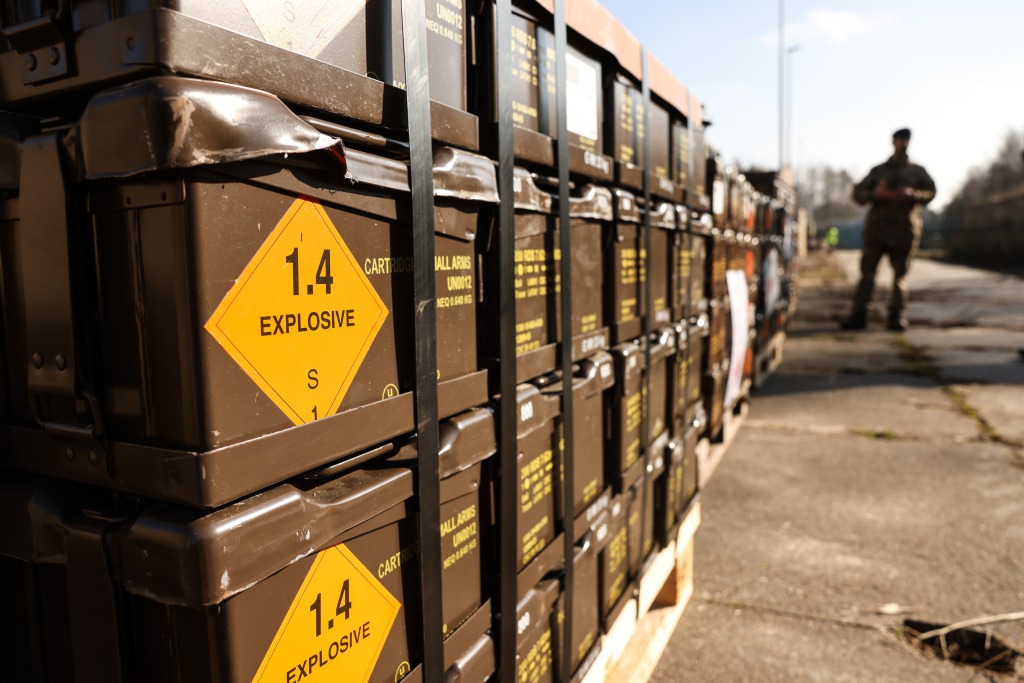
UK and other European countries are seeking to rearm. Credit: UK MoD / Crown copyright
In May, BAE Systems, a global defence prime based in the UK, revealed that its investment over the last three years will now see a sixteen-fold increase in production capacity for 155mm artillery shells, a calibre in huge global demand.
This indicates a major demand signal for conventional ammunition at a time of global animosity. In particular, the Russia-Ukraine war has proven a crucial reality check to European militaries that ammunition, from small arms to large calibre rounds and advanced missiles, still sustain combat operations, no matter what novel technologies disrupt the battlespace.
This is certainly the case for Ukraine’s Armed Forces, whose political and military leaders have considered ammunition in all forms a perennial requirement. Indeed, it was one of the very first requirements – when Ukraine’s president, Volodymyr Zelenskyy, requested the United States to send him ammunition and not a ride out of the country when the Russian invasion began in earnest.
In that respect, the UK alone has delivered more than half a million rounds of artillery ammunition worth over £1.5bn ($2bn) to the war-torn nation. Meanwhile, the EU had previously committed to delivering one million 155mm rounds to Ukraine by March 2024, and it is telling that this supranational body fell short of its goal by several months.
There are a number of factors that have come together to pressure Europe into formulating a sustainable strategy for its firepower needs in the years ahead, giving rise to burning questions around political coordination.
What parameters are there between the Brussels circle and non-EU nations? What does the new transatlantic balance look like within Nato? How can nations sustain the fight in Ukraine while looking to their own stockpiles? What is the right balance between conventional war materiel and future concepts?
Flexibility: retrofit missiles, simplify the recipe
Europe has found unexpected ways to keep a steady supply of munitions through adapting existing capabilities, as exemplified by the UK and Denmark financing the development of a plucky new air defence system for Ukraine known as Gravehawk.
The UK Ministry of Defence (MoD) says Gravehawk can retrofit air-to-air missiles into a ground-based air defence role. Two prototypes of the mobile system were tested in Ukraine in September 2024, and a further 15 systems will be delivered this year.
In particular, the Advanced Short Range Air-to-Air Missile, or ASRAAM, has been adapted in this way. This reconfiguration has benefitted Ukraine’s forces, a military in perpetual need of munitions of all types, allowing operators to optimise the rate of artillery consumption.
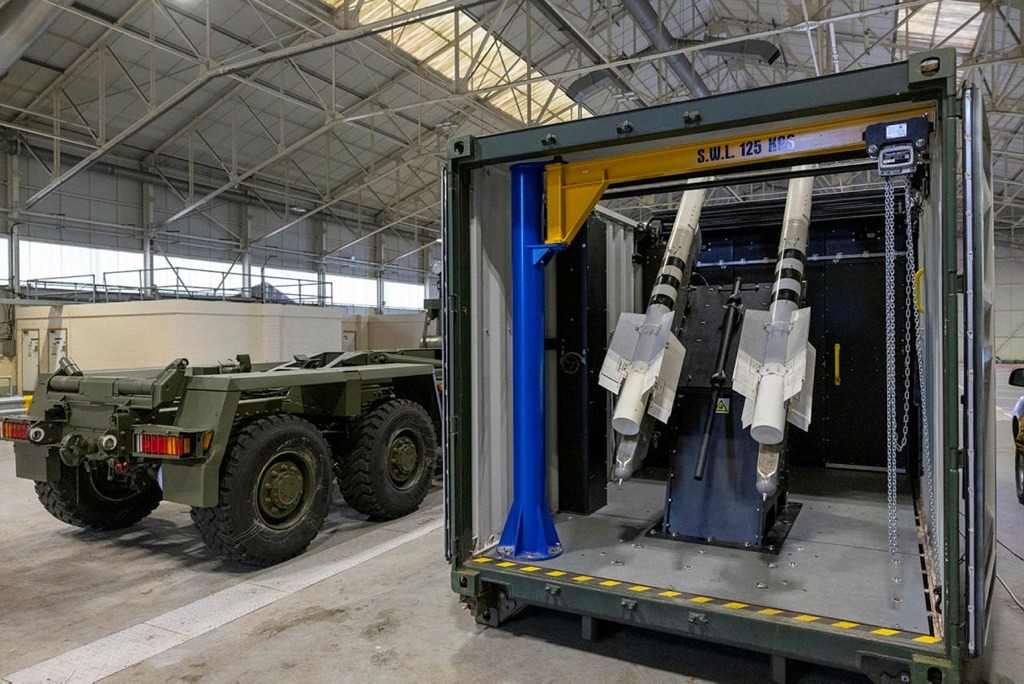
Gravehawk is a containerised air defence system developed by the UK for Ukraine. Credit: UK DE&S
Meanwhile, in Western Europe, BAE Systems has implemented exhaustive measures to increase its ammunition output, which includes moving to a 24-hour production cycle. However, the company also has innovative solutions of its own that will augment the production process: scientists will simplify their ammunition recipe.
The company will take a heavy burden off its supply chain by removing nitrocellulose and nitroglycerine from the ammunition mix. These are materials that are in high demand across global supply chains, in propellant production.
As a result, the company anticipates it will be able to produce sufficient explosives and propellants in the UK to meet both MoD and export requirements, with the initial phase of industrial capacity expected by the end of 2026.
Coordinating procurement
Figures for ammunition production across the EU look optimistic as the EU Commission tries to rebound from its shortfall in supplying Ukraine with shells by the end of the first quarter in 2024.
Thomas Regnier, a Commission spokesperson, said that the EU now aspires to produce two million shells overall by the end of 2025, and maintained the estimation of a production capacity of 1.4m in 2024 still stood.
The head of the European Defence Agency, high representative Kaja Kallas, confirmed the EU has already reached two-thirds of the target. Yet, “we still do not have 100%, but we definitely need to move forward with that,” she remarked on 16 April.
In that spirit, the EU has move to recently introduced two new policies that will help increase the supply of rounds: the Security Action For Europe (SAFE) regulation and the recent activation of the escape clause.
SAFE was implemented on the 28 May to serve as an emergency financial instrument that offers up to €150bn ($171.4bn) to member states and participants in the form of loans aiming to enhance production capacities.
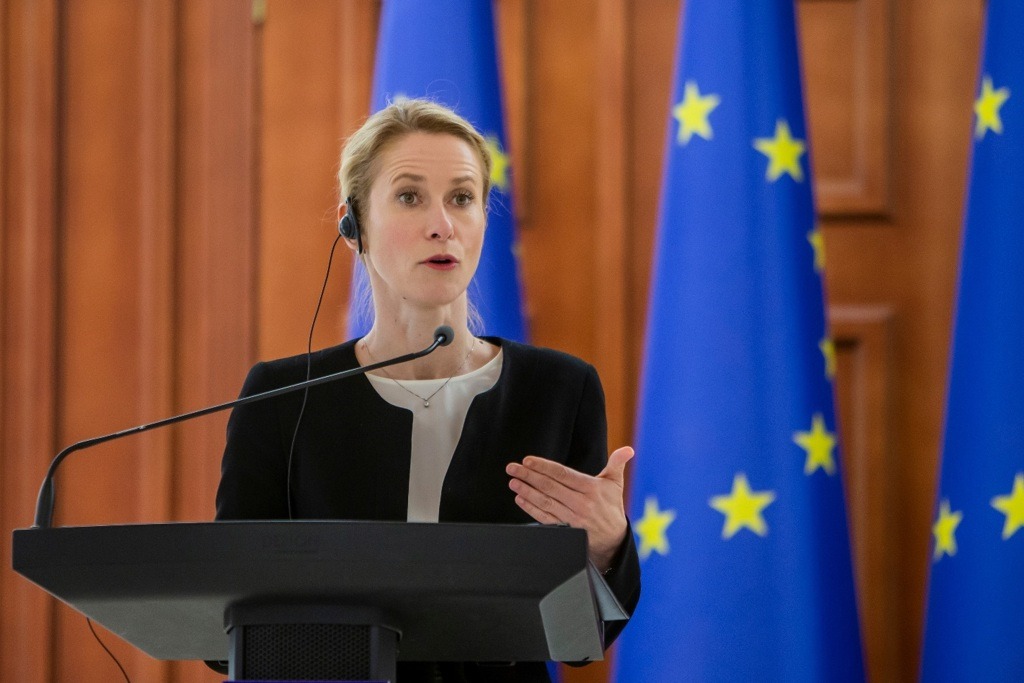
EU High Representative, and head of the European Defence Agency, Kaja Kallas. Credit: Victor Mogyldea / Shutterstock
As part of the recent EU and UK trade deal in May there is now a path for the UK, a non-EU country, to join the programme fully which indicates the will to work together despite enduring political divisions. However, there is no tangible commitment at this stage as the agreement essentially kicks the can down the road.
Crucially, there is no discernible timeline which will only encourage a reenactment of the painstaking Brexit negotiations.
A few days after the SAFE regulation came into effect, the Commission then activated the national escape clause which releases member states from fiscal constraints that were put in place to prevent a rise in the national debt. Now, the Commission rules that the clause covers a period of four years and a maximum of 1.5% of GDP in flexibility.
The point of the measure is to enable member states to increase defence spending while ensuring debt sustainability. So far, 16 member states have requested to activate the escape clause.
Transatlantic divide
It is no secret that small and medium sized enterprises (SMEs) are leading the way in defence innovation, often through the commercial route. It is on the shoulders of these companies that Europe leans for its unprecedented rearmament.
One notable SME, Bayern-Chemie, a leader in propulsion for the last 60-years and a subsidiary of the pan-European defence group MBDA Deutschland, is growing in capacity and output to meet Europe’s propellant needs.
“We’re building five new buildings, and we have a personnel growth in order to fulfill our contracts on time, on cost, on quality,” a spokesperson commented.
In late 2023, Global Defence Technology learned the company, which had been closely embedded in the production of rocket motors for American-made PAC-2 missiles during the Cold War, rejoined Raytheon’s next generation GEM-T missile supply chain with an ambition to serve as the nucleus of a new European missile hub.
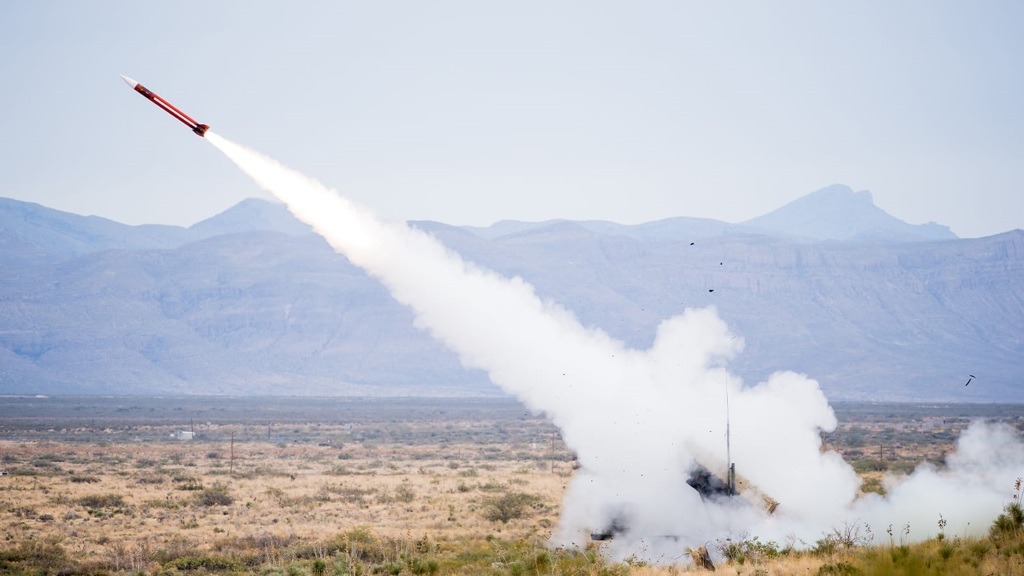
GEM-T is a primary effector for the Patriot air defence system. Credit: Raytheon
This vision has turned bleak in recent months after the United States’ withdrawal of longstanding security assets from the Euro-Atlantic region.
Worse still, this political divide has incited an inclination for strategic autonomy in Europe. Eric Beranger, the chief executive of the parent company MBDA, said the group will deliver fully sovereign systems to European customers when required to do so. However, the company still relies on US-made components for some of its weapon systems, including the Anglo-French Storm Shadow/SCALP cruise missile.
Undeterred, a Bayern-Chemie spokesperson confirmed that it still intends to serve as a European hub for PAC-2 propulsion systems, despite the burden of US tariffs – an alarming geopolitical development on which the subsidiary declined to comment.
Strategic Defence Review: all or nothing
The UK published its newfound priorities for a dangerous decade in the long-awaited Strategic Defence Review on 2 June.
Authors of the report noted a wide range of requirements the MoD will need to invest in which will doubtless stretch the budget well beyond the forecast 2.5% of GDP allocated for defence spending due to come in 2027, and even beyond the 3% ambition in the next Parliament.
Despite the looming deficit, the document urges the government to prioritise everything at the cost of nothing.
There are no trade-offs between conventional war materiel, including the creation of six new munitions factories, with the larger and more costly platforms such as the sixth-generation fighter in the Global Combat Air Programme (GCAP).
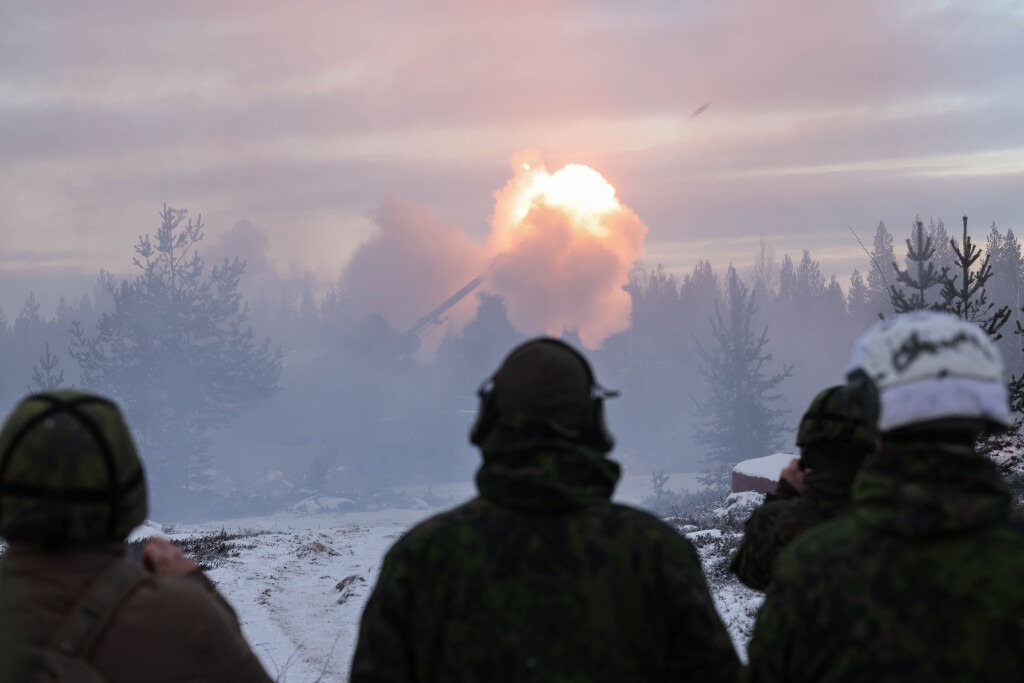
A 155mm Archer artillery gun operated by the British Army. Credit: Crown Copyright / UK Ministry of Defence
Likewise, the new Digital Targetting Web to be devised by 2027 – a system-of-systems integrating all nodes across the battlespace, funnelling intelligence into a single, shared platform – offers no cost analysis. The government will soon realise the sheer amount required to invest in new technologies from AI, Cloud, and even space in order to get the concept right.
Nevertheless, the report does offer some strategic insights when it comes to the British Army’s management of ammunition stocks. Consideration should be given to prepositioning ammunition and heavier equipment in appropriately dispersed storage facilities in Europe, the authors advocated.
This would support Nato readiness and reduce the demand for strategic movement. The UK is on the right path. This move shows the country has rightly identified Russia as the “immediate and pressing threat” at present.
An inclination to act upon this assertion is a success in itself; it narrows Britain’s strategic calculus to the continent, something that the previous Integrated Review Refresh failed to do. Instead, the 2023 assessment stretched the UK’s military resources too thinly around the world with dwindling resources as the previous government sought to respond to all global threats as they emanated.
“That kind of decoupling is a lot more complicated than people would want to implement, and it's also a really expensive affair because it's not about just stopping the acquisition of new weapons. It's also about what you do with all of the training, the infrastructure, the planning for all of these contracts that are meant to last.”
Any breakup will also be painful for the US firms, which rely on partners to co-invest in research and systems development. The development and construction of F-35s is a project among allies, with components manufactured outside the US, including in Denmark and the United Kingdom.
“I think Lockheed Martin – as would the different subcontractors – would be very upset if there was any instability in the projected purchases of the F-35 from other countries,” said Bert Chapman, a professor at Purdue University and author of Global Defense Procurement and the F-35 Joint Strike Fighter.
I think the US can still step in, in a big way, to fill some of those gaps
Diane Zorri, academic director of Strategic Studies at Norwich University
Caption. Credit:
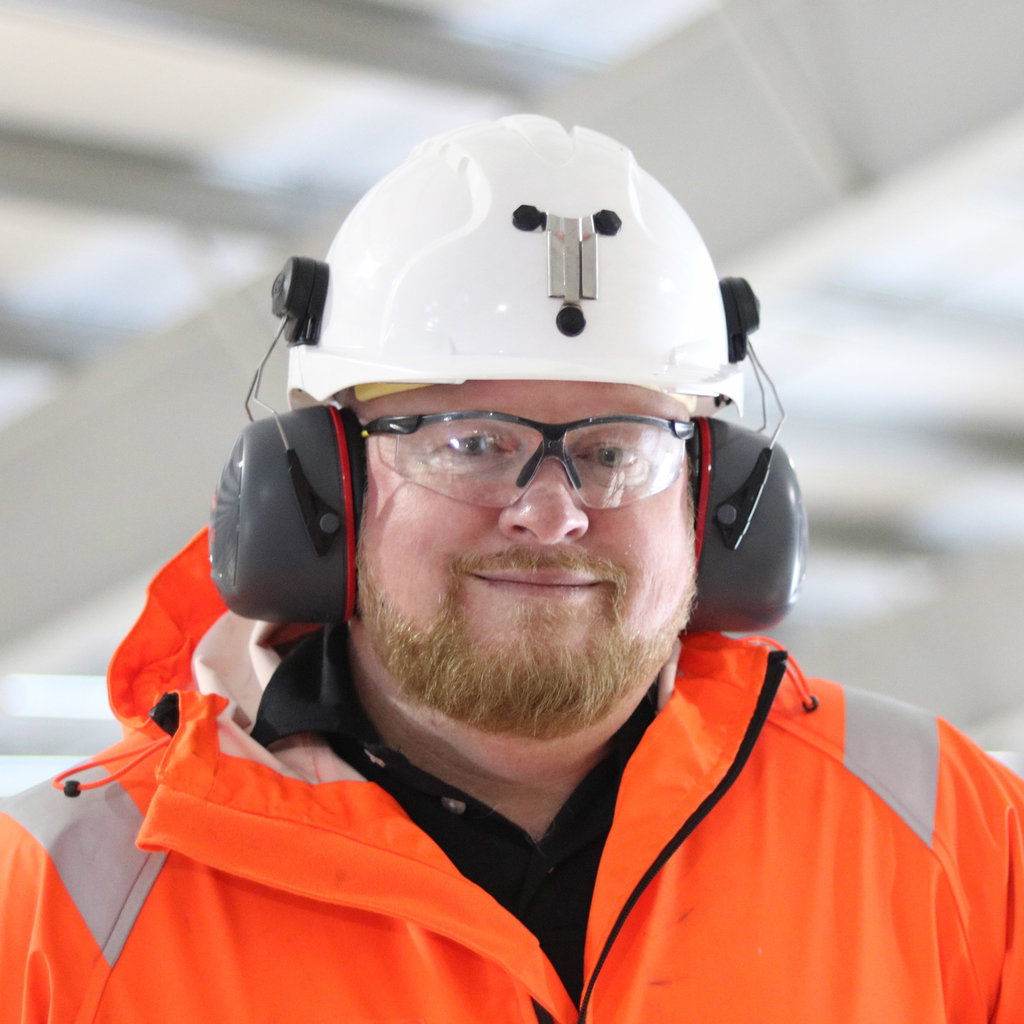
Phillip Day. Credit: Scotgold Resources
Total annual production
Australia could be one of the main beneficiaries of this dramatic increase in demand, where private companies and local governments alike are eager to expand the country’s nascent rare earths production. In 2021, Australia produced the fourth-most rare earths in the world. It’s total annual production of 19,958 tonnes remains significantly less than the mammoth 152,407 tonnes produced by China, but a dramatic improvement over the 1,995 tonnes produced domestically in 2011.
The dominance of China in the rare earths space has also encouraged other countries, notably the US, to look further afield for rare earth deposits to diversify their supply of the increasingly vital minerals. With the US eager to ringfence rare earth production within its allies as part of the Inflation Reduction Act, including potentially allowing the Department of Defense to invest in Australian rare earths, there could be an unexpected windfall for Australian rare earths producers.
